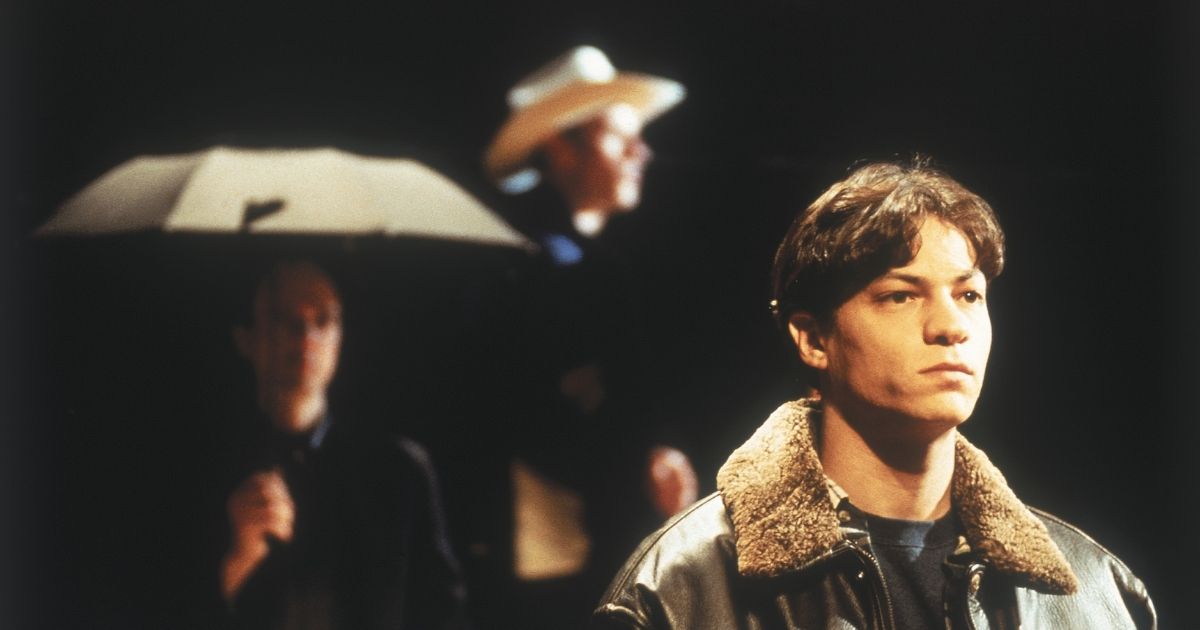
Naked City: Son of Cinerama

It’s a well-worn adage that there’s nothing new under the sun and maybe that applies to the whiz-bang curved screen TVs that have been hitting Sydney shops of late. It is all part of the relentless march of technology designed to make last year’s product seem not only obsolete, but socially unfashionable if you are one of those consumers obsessed with keeping up.
It might have been a short-lived phenomenon but Sydney experienced the curved screen marvel way back in 1958 when the Plaza Theatre in the CBD was refurbished with what was then Australia’s largest indoor cinema screen – and a curved one to boot. Cinerama had arrived and crowds queued down George Street to encounter this unique wrap-around cinema technology.
Pioneered in the U.S. a few years earlier, Cinerama involved three 35mm projectors and a giant deeply curved screen made of hundreds of individual vertical strips. The three synchronised images created a kind of 180 degree, 3D illusion that totally enveloped the audience. The initial cinema release, This Is Cinerama, was a grab-bag sampler of the new technology designed to really wow the punters. The highlight was a bone-shaking roller-coaster ride which really gave the impression that you were part of the action, so much so that some queasy patrons even rushed from the theatre during the initial screenings (or was that just movie company hype?).
The system was not without its glitches with the three projected images sometimes drifting out of synch and occasionally losing one of the images altogether – no doubt sending the theatre projectionist into a state of apoplexy in his attempts to re-synch the entire show. Nevertheless cinema goers rushed to embrace the new sensation and the occasional breakdown did nothing to damper their enthusiasm.
Sadly only a few actual feature films were made in the Cinerama process, the most noteable being the 1962 production How The West Was Won starring James Stewart. Even then part of the movie was screened in the 70mm, single-strip process that later went on to supersede the costly three-strip technique. Unfortunately 70mm Cinerama did not match the ‘sensurround’ experience of the original Cinerama and roller-coaster rides were never quite the same.
And what of Sydney’s Plaza Theatre? Which for many years was the decorative jewel in the George Street cinema strip. The cinema went dark in 1977 and after a short-lived life as Maxy’s Roller City (a skating rink), it was dealt the ultimate insult becoming home to both Planet Hollywood and a Maccas occupying the old foyer. These days the somewhat crumbling façade looks like it could do with a good paint job, although apparently it does have a City Council heritage listing.
Perhaps today’s tech-savvy generation would find the old analogue Cinerama a bit ho-hum given the CGI-laden, 3D digital blockbusters they now soak up. Then again the current curved screen TVs are bound to get curvier, eventually matching the 146-degree arc of the original Cinerama. That said, you’ll be able to pick up a digitally remastered copy of This Is Cinerama and ride that death-defying rollercoaster right there in the privacy of your own living room!









